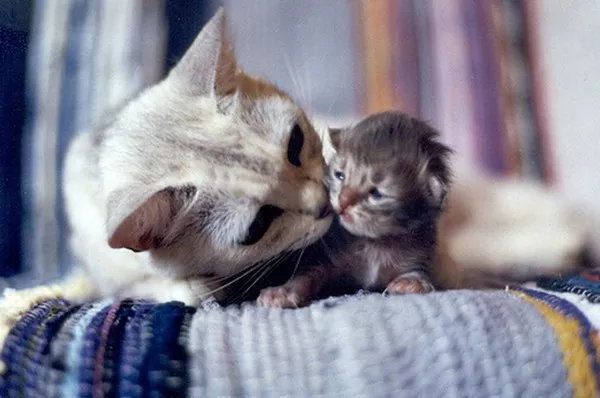Welcoming a litter of newborn kittens into your life can be an exciting and heartwarming experience. However, if these adorable little bundles of fur find themselves without a mother, it becomes crucial to ensure they receive proper nourishment and care during their early weeks. Feeding newborn kittens requires special attention and knowledge to mimic the nutritional value of their mother’s milk. In this article, we will explore the appropriate diet and feeding guidelines for 2-week-old kittens without a mother.
Understanding the Nutritional Needs of 2-Week-Old Kittens
At two weeks of age, kittens are in a vulnerable stage of development and rely heavily on their mother’s milk for essential nutrients. Without their mother, it is essential to replicate the appropriate nutrition to support their growth. Mother’s milk is rich in vital elements such as protein, fat, carbohydrates, vitamins, minerals, and antibodies. These nutrients play a crucial role in strengthening the kittens’ immune system, promoting healthy growth, and supporting their overall well-being.
Introducing Kitten Milk Replacer
When mother’s milk is unavailable, an appropriate substitute is a kitten milk replacer (KMR). KMR is a specially formulated powder or liquid that mimics the composition of a mother cat‘s milk. It is readily available at pet stores or can be obtained from a veterinarian. Follow the instructions on the package to prepare the KMR, as the ratios may vary depending on the brand.
The Art of Bottle-Feeding
Bottle-feeding is the primary method for providing nutrition to motherless kittens. Here are some steps to ensure a successful feeding routine:
Gather the necessary supplies: You will need kitten-sized bottles, rubber nipples designed for bottle-feeding, and a bottle brush for cleaning.
Warm the KMR: Place the KMR container in warm water to bring it to an appropriate temperature. Never use a microwave, as it can create hot spots in the formula.
Test the temperature: Before feeding, drop a small amount of the formula on your wrist to ensure it is warm, but not too hot.
Position the kitten: Hold the kitten securely, with their head slightly elevated. This position allows them to swallow comfortably and prevents aspiration.
Introduce the bottle: Gently place the nipple into the kitten’s mouth, allowing them to suckle at their own pace. Avoid squeezing the bottle forcefully, as it may overwhelm the kitten.
Monitor feeding: Pay attention to their hunger cues and let them feed until they show signs of satiation. Burp them gently after each feeding to aid digestion.
Establishing a Feeding Schedule
Developing a feeding schedule is crucial for the kittens’ growth and development. At two weeks old, they need to be fed approximately every three to four hours. During the night, you may need to provide one or two additional feedings. It’s essential to maintain consistency and ensure they receive enough nutrition without overfeeding. Always consult with a veterinarian to confirm the appropriate feeding frequency and adjust the schedule as needed.
Monitoring Growth and Transitioning to Solid Food
As the kittens approach their third or fourth week, they will gradually develop their teeth and may start showing interest in solid food. To facilitate this transition, you can introduce a small amount of high-quality wet kitten food mixed with KMR. Use a fork to mash it into a soft consistency. Allow them to explore the food on their own terms, gradually reducing the KMR ratio until they are fully weaned by around six to eight weeks of age.
Conclusion:
Feeding motherless 2-week-old kittens is a demanding but rewarding task. Providing them with a proper substitute like kitten milk replacer, along with the care and attention they need, ensures their healthy growth and development. Remember, each kitten is unique, and it’s essential to consult with a veterinarian who can provide tailored advice based on their specific needs. With your love and dedication, these tiny furballs will grow into healthy, happy cats, ready to bring joy into your life.
Recommended reading:

























